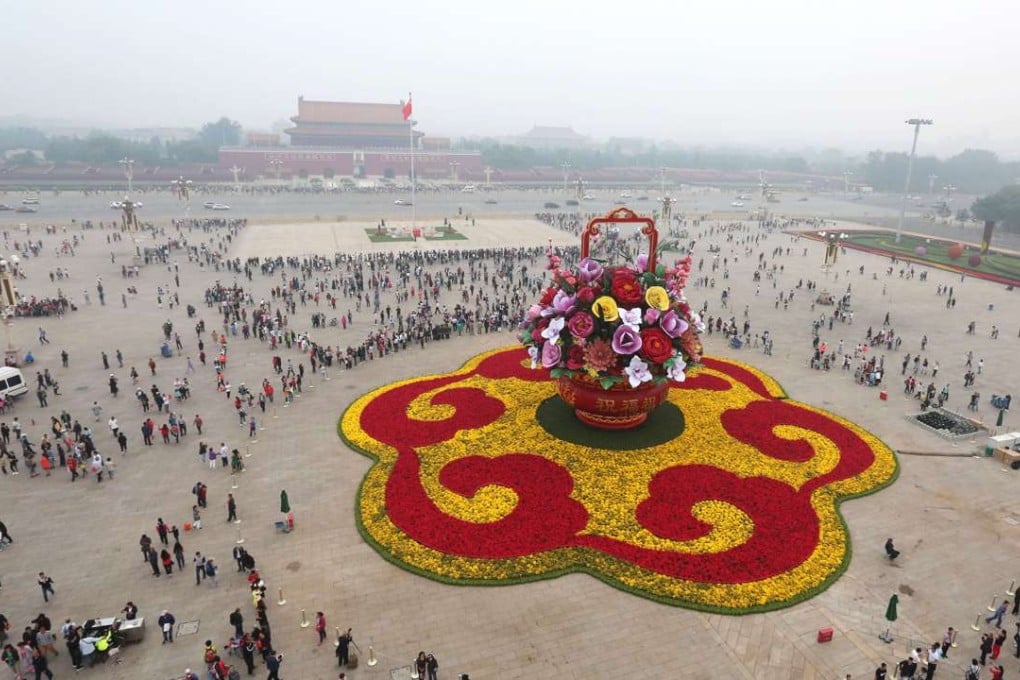Smoggy holiday: Beijing residents brace for hazardous air quality at start of China’s National Day

Residents and tourists in Beijing are bracing themselves for hazardous smog during the first four days of the week-long National Day holiday, the capital’s weather forecaster says.
Air quality will start to worsen on Friday night before the start of the National Day on Saturday, with the smog level rising from “mild” to a peak of“moderate” over the following days, the Beijing Meteorological Service said.
Autumn and winter are usually the seasons when air pollution turns serious in northern China.
An Air Quality Index published by the United States Embassy in Beijing has been at an “unhealthy” level since 5pm on Thursday. The reading suggests people should limit prolonged outdoor exertion.
Last week, the authorities issued the first yellow alert – the lowest in the three-tier system – for poor air quality and said the smog had ushered in the start of the pollution season.